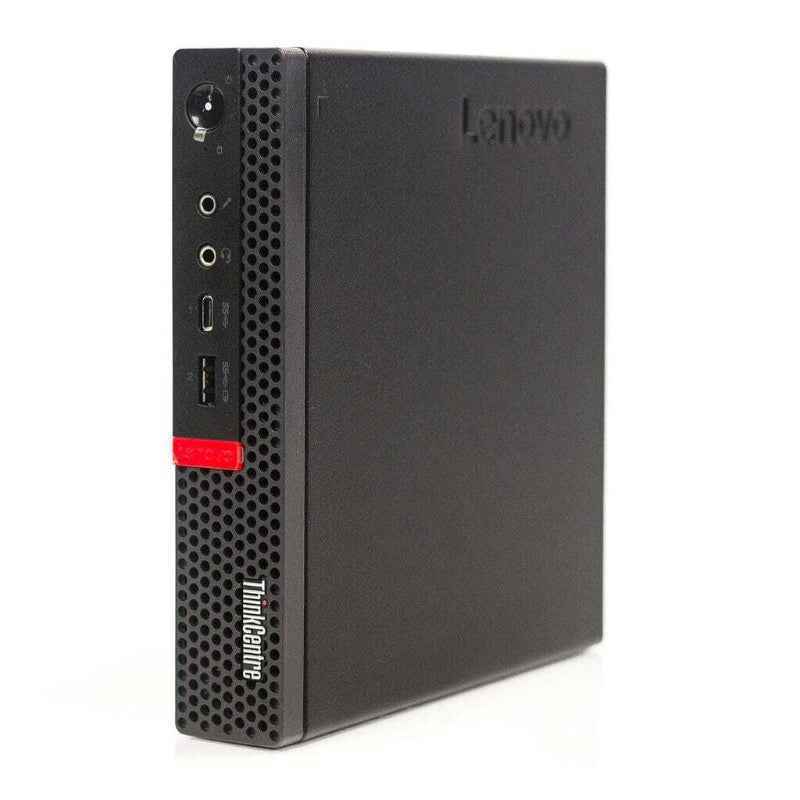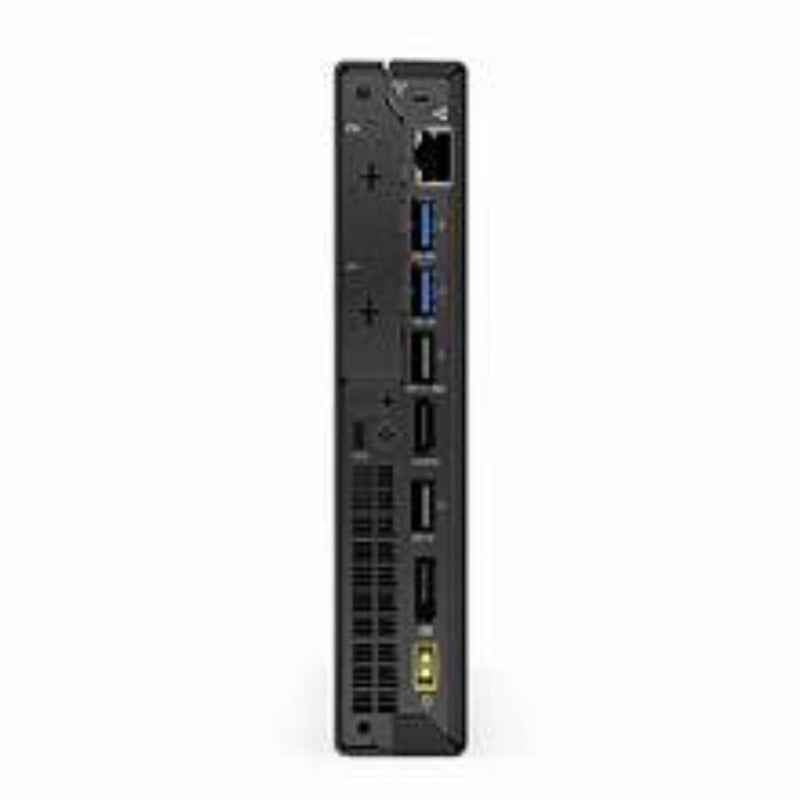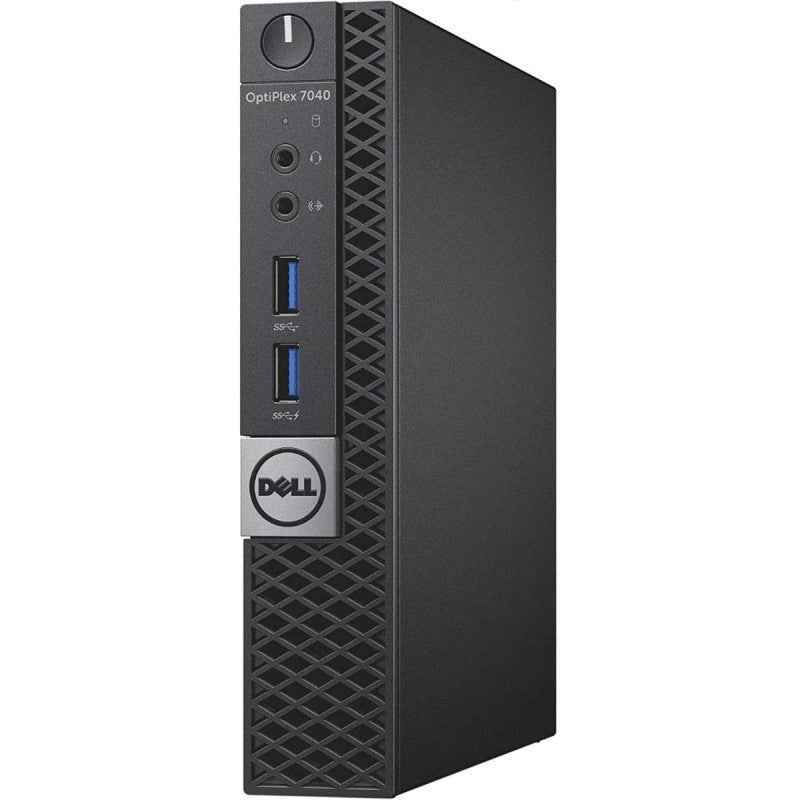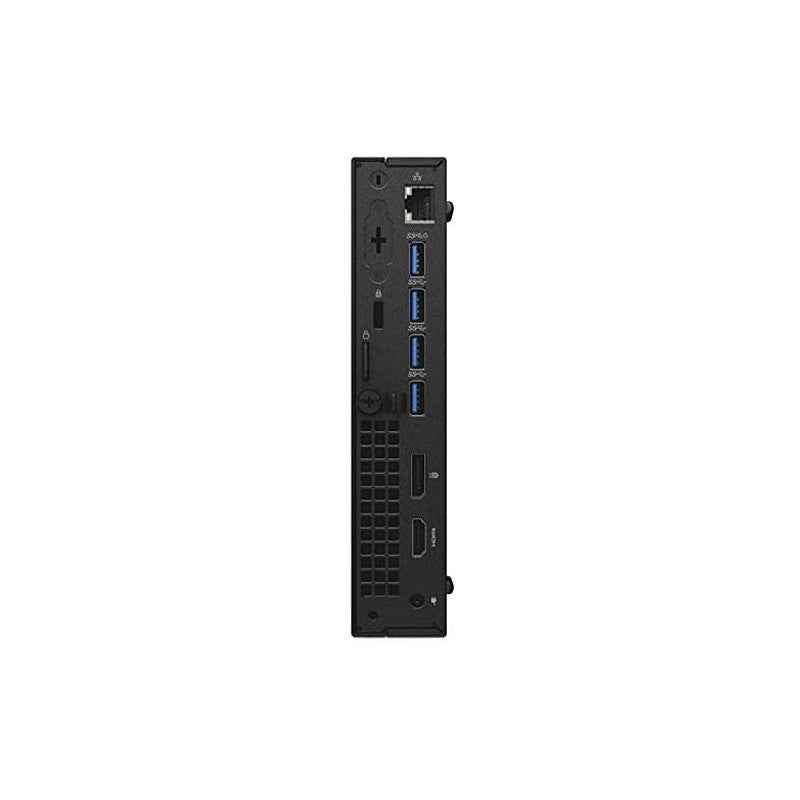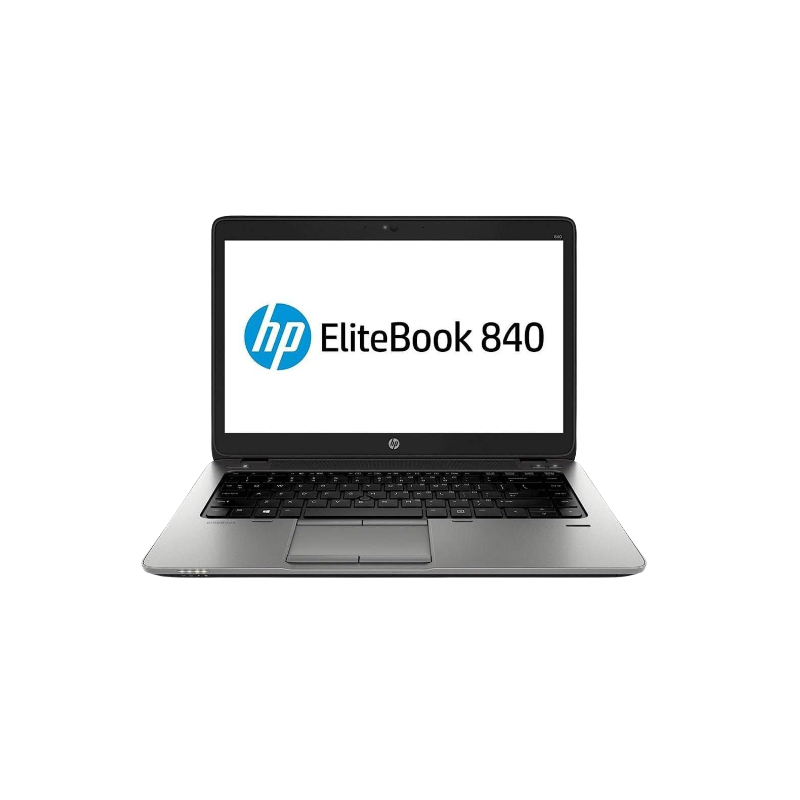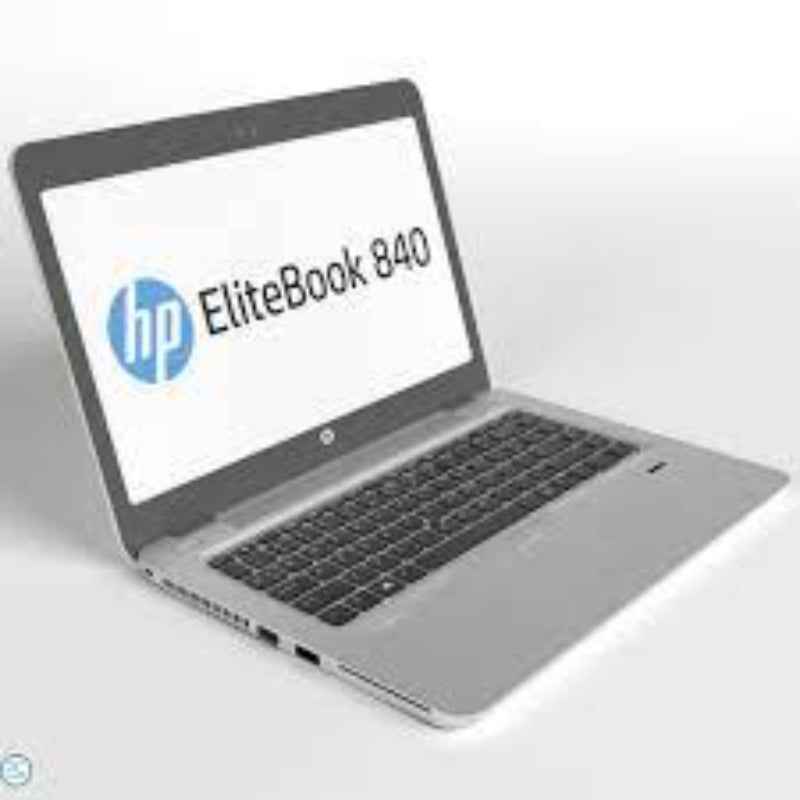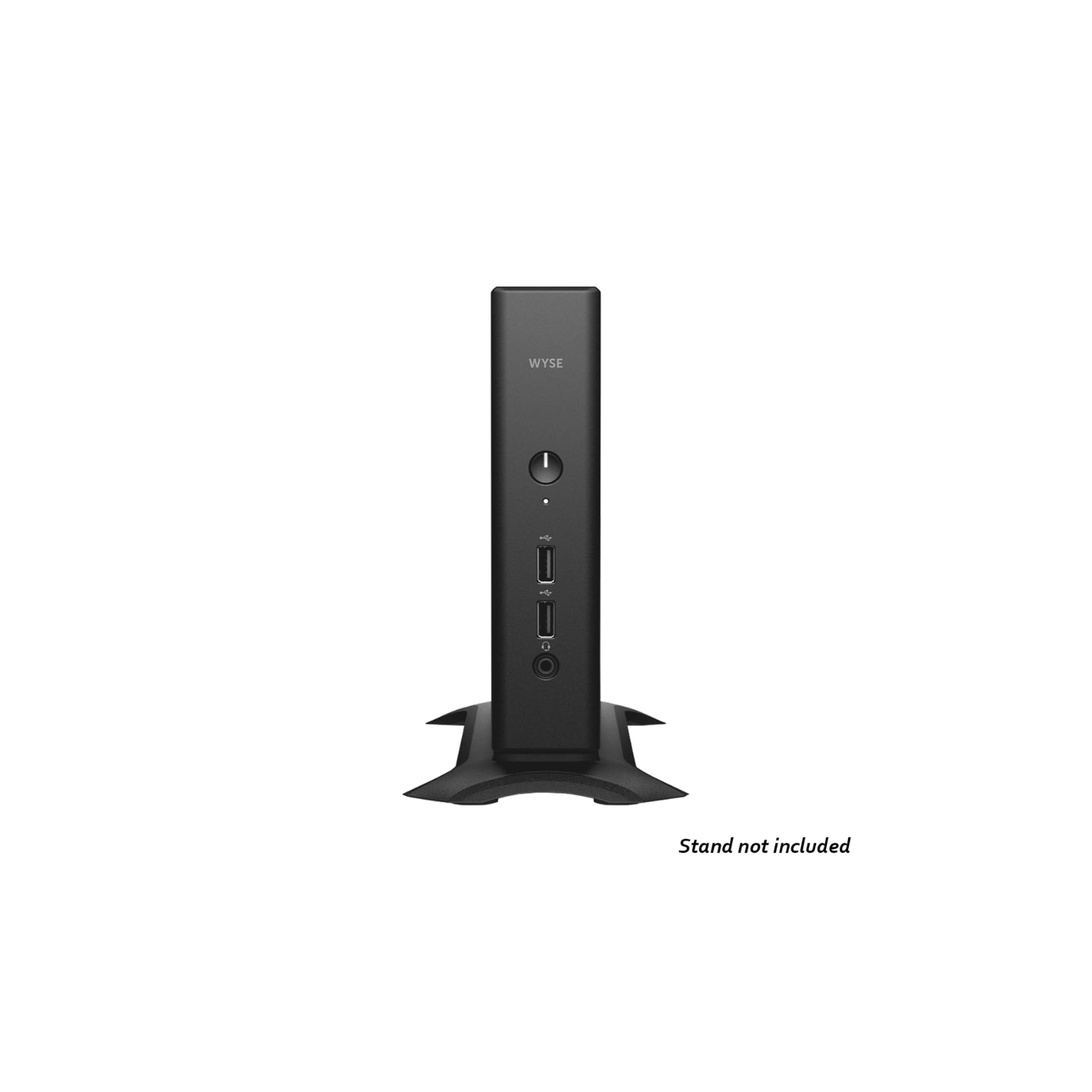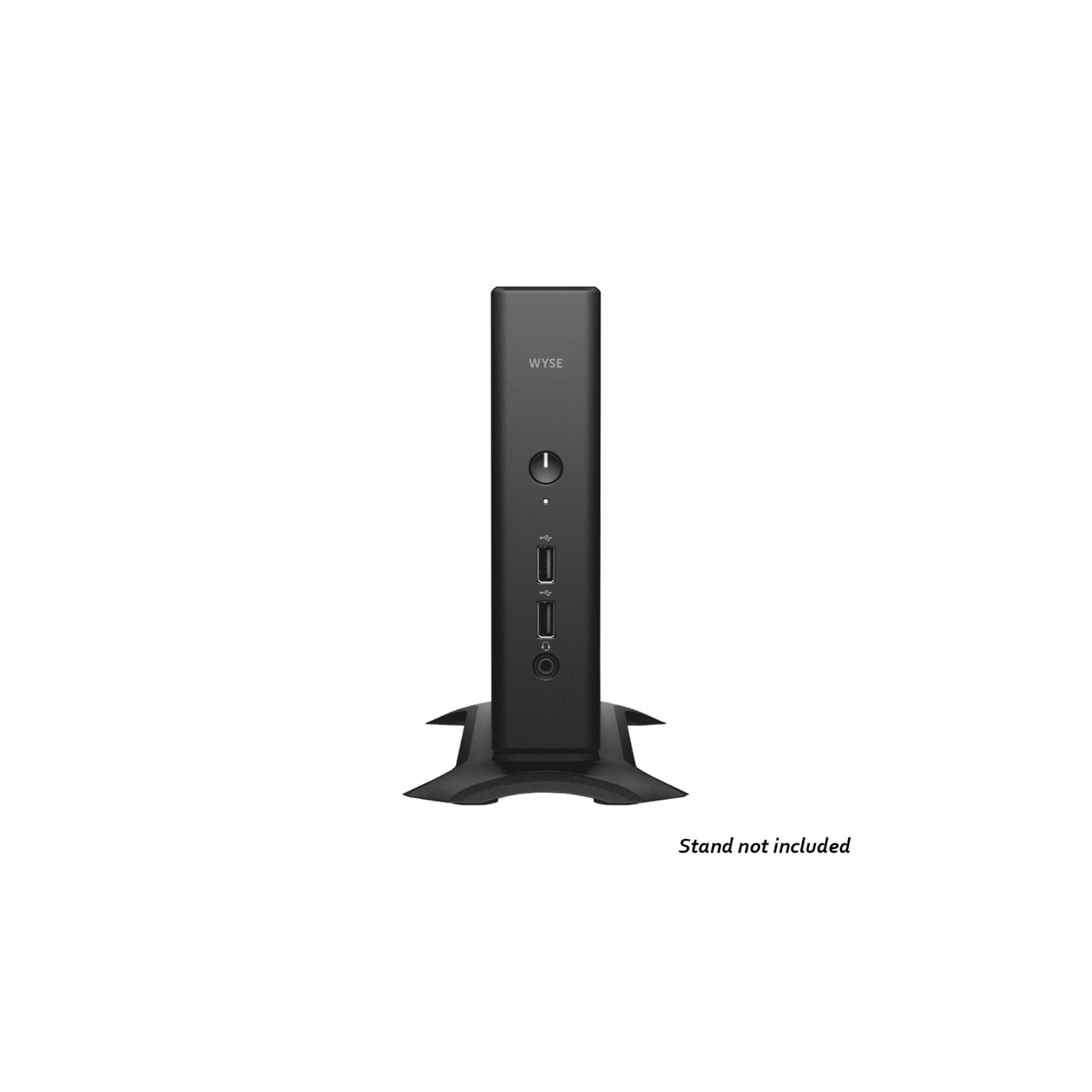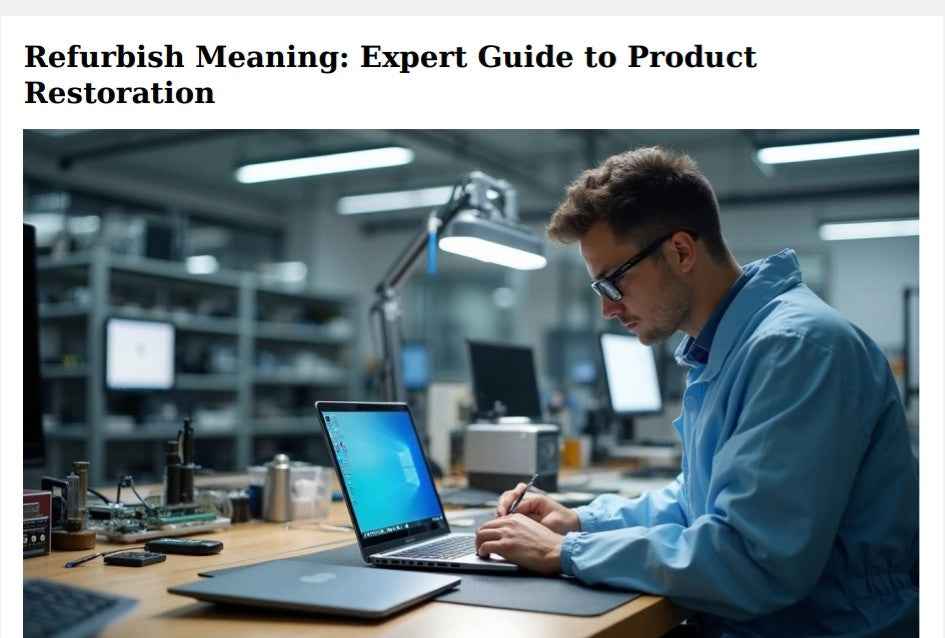
Understanding the term 'refurbish' & meaning of Refurbish
Refurbish Meaning: Expert Guide to Product Restoration
Refurbish meaning goes far beyond simple repairs—it represents a comprehensive restoration process that's transforming the electronics market. Since 2021, our company NayaJaisa has sold over 200,000 refurbished PCs and earned the trust of more than 110,000 Indians, demonstrating the growing demand for quality restored products.
Whether you're searching for refurbish meaning in Hindi, Tamil, Telugu, Malayalam, Kannada, Marathi, Gujarati, Bengali, or Urdu, the concept remains consistent across languages: *professionally restoring products to like-new condition.*
At NayaJaisa, we follow a meticulous 3-phase refurbishment process including inspection, deep diagnostics, and final upgrades. Furthermore, our facility can process up to 5,000 units monthly, though we currently handle about 3,600 units with plans to reach 4,500 units per month by 2026.
In this comprehensive guide, we'll explore what refurbishment truly means, examine various types of refurbished products, and provide a detailed step-by-step approach to product restoration based on our expertise in the field.
Understanding the term 'refurbish'
The word "refurbish" originated in the 17th century (1611) as an extension of the term "furbish," which entered Middle English from Anglo-French "furbisshen" in the 14th century. Both words share roots with the Old High German "furben," meaning "to polish." While initially refurbish meant exactly that—to polish—it gradually evolved to encompass the broader concept of renovation.
Refurbish meaning in its contemporary context refers to the process of renovating, restoring, or reconditioning something to improve its appearance and functionality. However, this seemingly simple definition carries important nuances across different industries and contexts.
Refurbishment generally maintains the original structure while making cosmetic and functional improvements.
Additionally, it differs from restoration, which focuses primarily on preserving historical authenticity rather than updating functionality.
In the electronics industry, refurbishment involves a meticulous process of testing, repairing, and recertifying pre-owned devices. This includes smartphones, tablets, laptops, and other gadgets that undergo rigorous inspection before resale. The process typically follows these steps:
Thorough inspection to identify defects
Necessary repairs or component replacements
Comprehensive testing to ensure proper functionality
Cleaning and repackaging to near-new condition
Consequently, standards can vary significantly between retailers, with some performing extensive testing while others might do minimal work before applying the label.
From a business perspective, refurbishment offers a cost-effective alternative to new purchases, extending product lifecycles and reducing environmental waste. Moreover, this approach holds particular importance for high-value items where repair proves considerably more economical than replacement.
Refurb maintains the same core concept: bringing products back to functional, like-new condition through professional restoration.
Types of refurbished products
The refurbished product market encompasses various categories, with consumer electronics leading the pack at approximately $55.6 billion in revenue for 2022 & expected to grow at 15% per annum.
Refurbished electronics fall into two primary categories based on the level of restoration:
Light refurbishing focuses on cosmetic improvements and minor technical repairs using existing device parts
Full refurbishing involves a more intensive process including replacement of certain components
The market also classifies refurbished products using grading systems to indicate their condition. These typically include:
Grade A (Excellent) - Near-mint condition with minimal signs of use, representing the highest quality available
Grade B (Good) - Functional devices with light scratches or minor cosmetic issues
Grade C (Fair) - Products with noticeable wear and cosmetic imperfections but still in working order.
Appliance refurbishment has likewise gained traction, particularly for high-value items where restoration proves more economical than replacement. This sector includes kitchen appliances, washing machines, and other household devices.
Regarding retail channels, refurbished products reach consumers through various outlets:
Specialist retailers and independent refurbishers
Device manufacturers operating their own trade-in programs
Major electronics retailers and mobile networks
Online marketplaces specializing in pre-owned goods
Understanding these categories helps consumers make informed decisions about refurbished purchases, specifically when seeking alternatives to new products that offer both quality assurance and significant cost savings.
Step-by-step guide to product restoration
Restoring products to their former glory requires a systematic approach that varies slightly depending on the item being refurbished. Let me walk you through a comprehensive process based on industry best practices.
The journey begins with proper equipment selection. Not all products are suitable candidates for refurbishment. I primarily look for items in mid-life that have been gently handled and well-maintained. Knowing the service history is essential, as is checking if the technical configuration is in demand or can be updated at a reasonable cost.
Next comes cleaning and disinfection. This step is particularly important for medical equipment that might have been contaminated in clinical environments. Thorough cleaning not only prepares the item for restoration but also protects everyone involved in the process.
The disassembly phase follows, where I carefully take apart the product to prevent damage during transportation to the refurbishment center. Upon arrival, I conduct detailed inspections and diagnostics to identify all visible issues with mechanical, electrical components, and electronic hardware.
Based on these findings, I develop a refurbishment plan that addresses specific needs without compromising the original identity of the product. The actual restoration process includes:
Replacing worn-out parts with new or remanufactured components
Performing cosmetic refurbishment (cleaning, sanding, repainting)
Repairing electrical components if any,
Upgrading software and hardware where appropriate
Reassembling the system carefully
Following reassembly, rigorous testing ensures everything functions properly. This includes calibration, electrical safety checks, and comprehensive quality testing. Throughout the process, I maintain detailed records and update device history documentation.
Finally, professional packaging and transportation protect the newly refurbished item until it reaches its destination, where proper re-installation completes the restoration journey.
Essentially, refurbish meaning (nayajaisa) translates into action through this meticulous process, transforming worn products into items that perform like new again.
Conclusion
Refurbishment represents far more than simple repairs or minor touch-ups. Throughout this guide, we've explored how the concept has evolved from its 17th-century origins to become a sophisticated restoration process across multiple industries. Most importantly, the fundamental meaning remains consistent whether discussed in Hindi, Tamil, Telugu, or any other language—professionally restoring products to like-new condition while extending their useful life.
The market clearly demonstrates the growing significance of refurbished goods. Electronics lead this expansion with projections pointing toward $120 billion by 2026, though furniture and appliance sectors also show remarkable growth. This trend undoubtedly reflects changing consumer attitudes about value, sustainability, and responsible consumption.
Our step-by-step restoration process at NayaJaisa highlights the meticulous care required for proper refurbishment. From initial inspection through testing and final packaging, each phase demands attention to detail and technical expertise. This systematic approach ensures customers receive products that function reliably while costing substantially less than new alternatives.
Refurbished products therefore offer a compelling middle ground between buying new and used. They provide budget-conscious consumers access to quality items without compromising performance. Furthermore, choosing refurbished goods contributes to environmental sustainability by reducing electronic waste and conserving resources.
The next time you consider a technology purchase, remember that "refurbish" doesn't mean inferior—it simply means restored with care. With our capacity to process thousands of units monthly and rigorous quality standards, we continue witnessing firsthand how refurbished products satisfy customer needs while building a more sustainable marketplace.
Thanks,
NayaJaisa
Refurbish Computers - Wholesale & Retail

